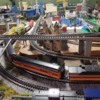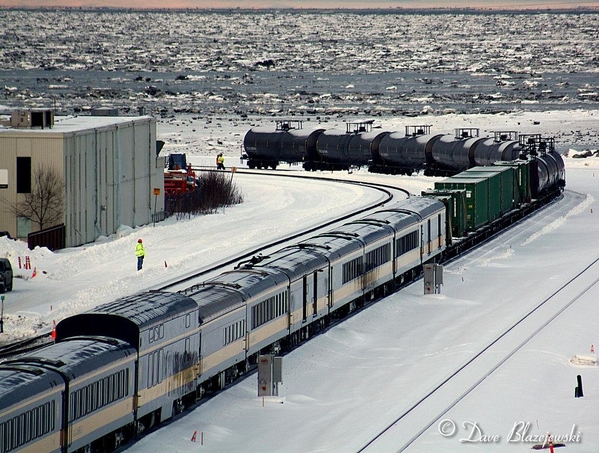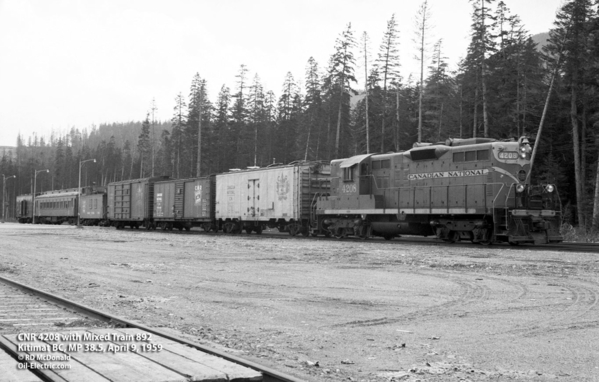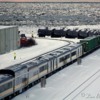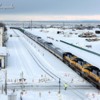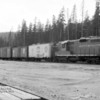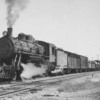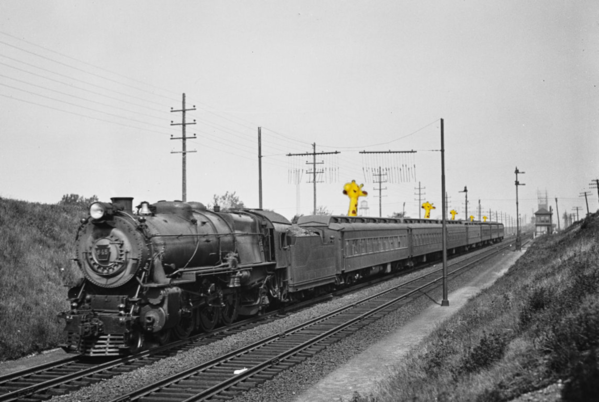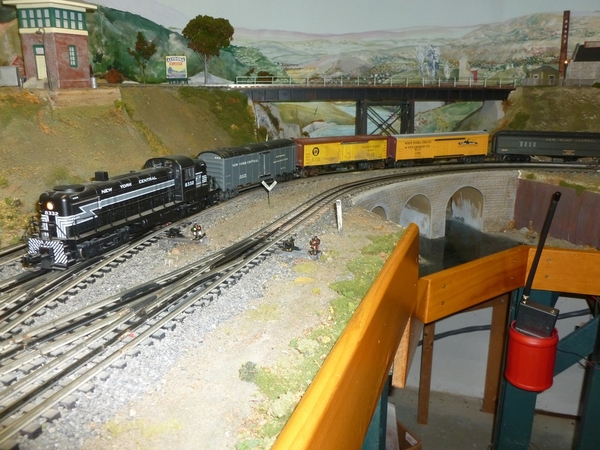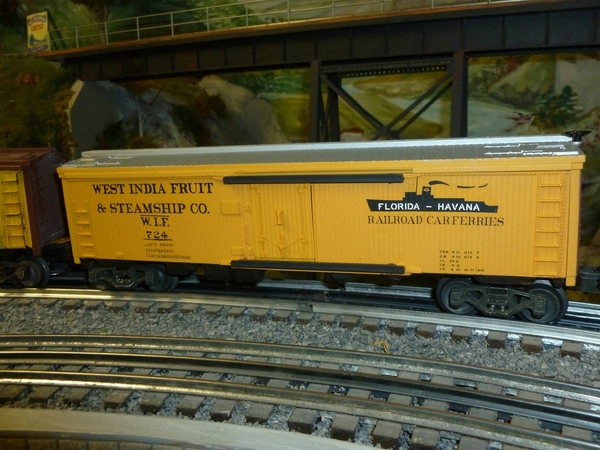I came into some of the MTH R50B Express Reefers - these are round roof, streamlined looking - and have lots of nice details.
I have a pair of these in silver Santa Fe that I've been running behind my F3 FT, followed by a silver Lionel ATSF Box car, and then 3 passenger cars (last is Observation)
The profile and countour of rooflines the R50B is nice and straight with the F3.
They don't have any warbonnet-ness, but do have silver trucks - and blend right in.
The Lionel ATSF boxcar - also has silver trucks. It's boxy-ness breaks up the line - but I thought it still looked ok.
Just wondering if Im breaking any rules - or hauling an impossible load?!





